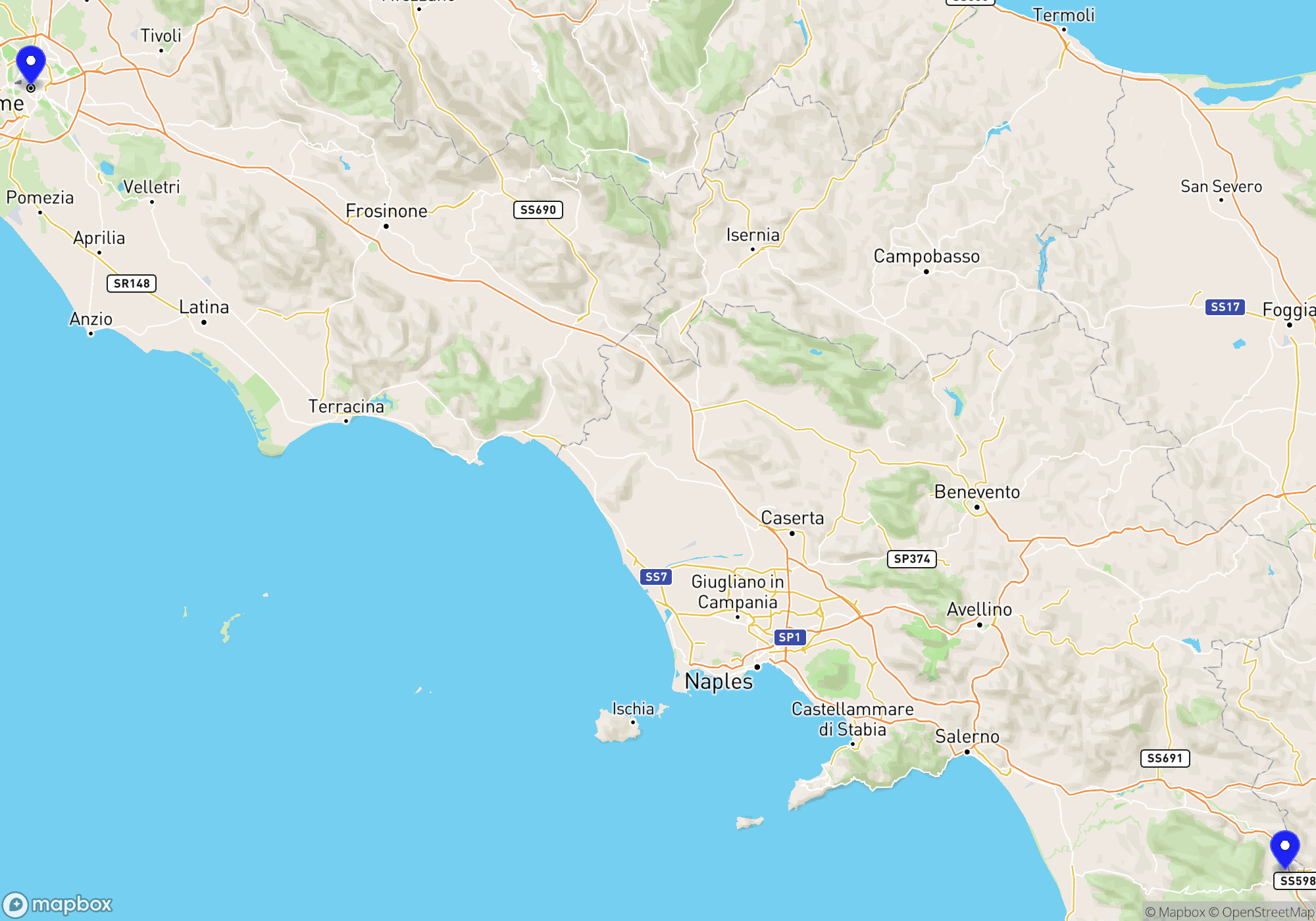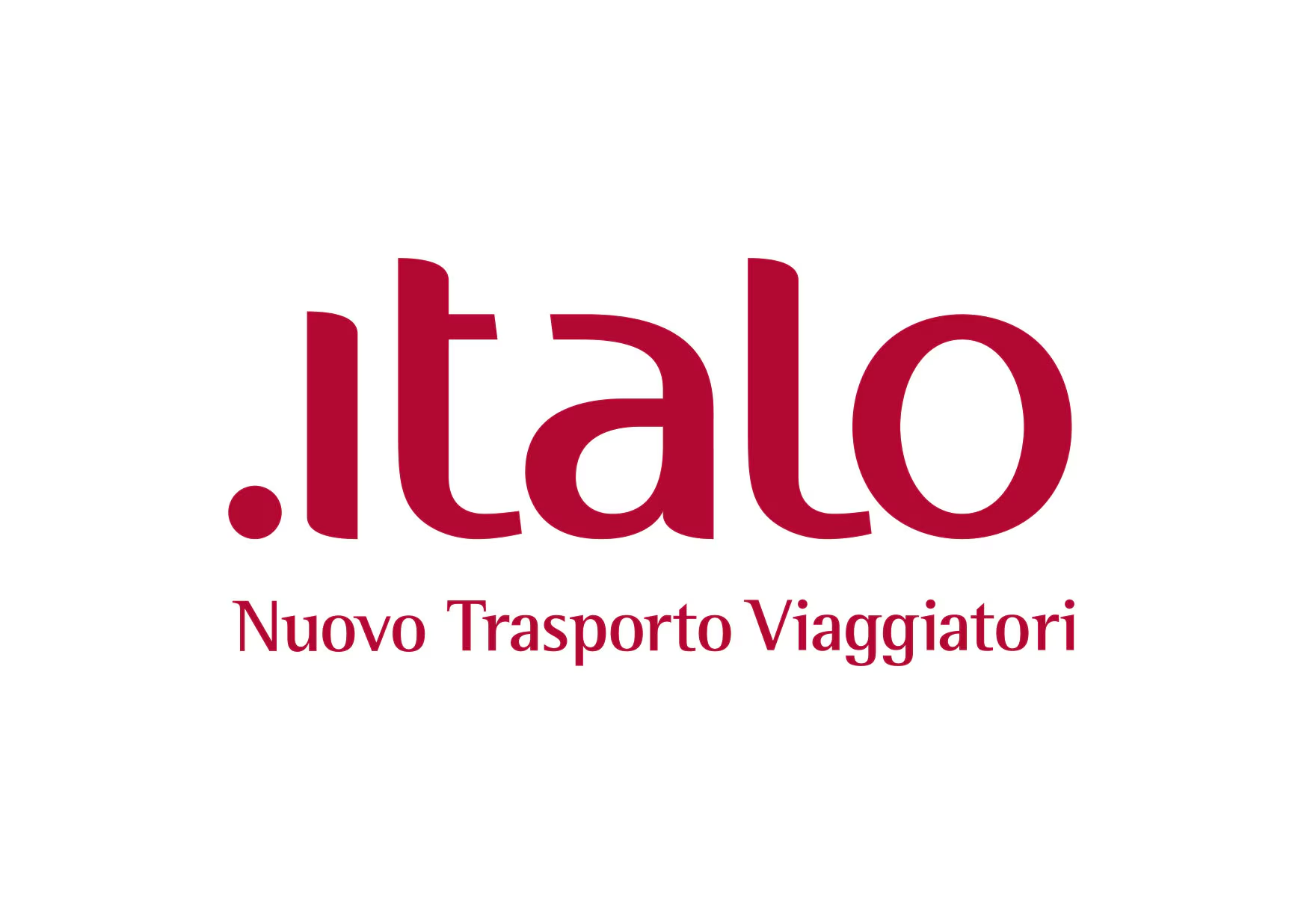
You can buy train tickets directly from the operator or through a reseller. The reseller is typically slightly more expensive (3-5%) but can provide an easier booking experience, especially if you travel with more than one operator.


These operators provide a complete journey either as a direct connection or through their partners. Even if a change of trains is involved, it’s all part of a single itinerary managed by the same train company or its partners, offering a smoother and more coordinated travel experience.

Some operators don’t run direct trains the whole way, but they serve either the departure or arrival station. In many cases, you can combine two of these operators to complete your journey by changing trains along the way. This is often a flexible and budget-friendly way to travel — especially if you’re comfortable piecing together your own itinerary.
Just keep in mind that these are separate journeys, which means a delay on the first leg could cause you to miss the second without automatic compensation or rebooking. It’s a great option for confident travelers who don’t mind a bit of extra planning.


Trenitalia is the primary train operator in Italy, providing a wide range of services connecting cities throughout the country and beyond. While there isn’t a direct train service from Rome to Athens, Trenitalia can facilitate part of the journey within Italy. Trenitalia’s train types range from high-speed Frecciarossa and Frecciargento to regional and intercity trains. The high-speed trains, Frecciarossa, offer four classes of service: Executive, Business, Premium, and Standard, each with varying levels of comfort, service, and amenities. Amenities aboard these trains include comfortable seating with more legroom in higher classes, power outlets, Wi-Fi, and onboard dining options such as bistro services and trolleys offering snacks and beverages. Frecciargento trains are also high-speed but may travel on slightly different routes or offer different speeds, while still maintaining a high level of comfort and similar amenities. For regional and intercity trains, amenities are more basic, generally featuring standard seating without additional services like Wi-Fi or dining.
Trenitalia is known for its reliable customer support services, offering assistance through various channels including customer service desks at major stations, an information hotline, and online platforms for inquiries and bookings. Passengers can also use the Trenitalia app for real-time travel updates, ticket purchases, and customer support. The multilingual support offered can be particularly helpful for international travelers. For those unfamiliar with Italian rail travel, it is useful to know that ticket prices can vary, with discounts available for advance bookings and for certain passenger categories such as seniors, young people, or groups.
While Trenitalia doesn’t operate direct lines to Athens, travelers can use their services to reach northern Italian cities like Venice or Bari, from which they might consider further travel via ferry or other rail operators to continue the journey to Greece.
There is no direct train service between Rome and Athens due to the geographical barrier of the Adriatic Sea. Instead, the journey typically involves a combination of train travel and either a ferry or bus service. The Interrail Global Pass is valid for the train portions in both Italy and Greece but requires residents of the European Union. The Interrail One Country Pass would not be valid for this journey as it covers only a single country. The Eurail Pass, which is available to non-EU residents, is also valid for the train portions in Italy and Greece. However, neither pass covers the ferry or bus service required to complete the journey between the two cities.
Upon your arrival in Athens by train, you will most likely be at the Athens Railway Station, also known as Larissa Station. From here, you have several options for navigating the city using local transportation. The Athens Metro is a convenient and efficient way to travel, with three main lines that connect many key areas. The Red Line (Line 2) can be accessed directly from Larissa Station, providing links to downtown Athens and beyond. You can transfer to the Blue Line (Line 3) at Syntagma or Monastiraki stations for travel to areas including Athens International Airport. The Green Line (Line 1) connects key areas like Piraeus and Kifisia and also intersects with the Red and Blue lines at Omonia and Monastiraki stations, making transfers straightforward.
If your travels require reaching coastal areas, the tram is an ideal choice. Athens has three tram lines that operate from Syntagma Square to destinations such as Glyfada, Voula, and the Peace and Friendship Stadium near Piraeus. The tram is particularly useful for scenic trips along the coast and is well integrated with the metro network. For more direct travel, taxis are plentiful and relatively affordable, whether hailed on the street or booked via phone or app. It’s helpful to know, though, that from midnight to 5:00 a.m., taxi fares increase to account for nighttime rates.
Ridesharing services like Uber also operate in Athens, offering an alternative to traditional taxis. These can be booked via a mobile app and generally provide clear pricing and payment options. Public buses and trolleybuses provide another comprehensive option for areas not accessible by metro or tram and are particularly useful for travel to suburban areas. Tickets for buses, trolleys, the metro, and tram are integrated and must be validated at machines prior to boarding. They are available at various points, including metro stations and some convenience stores.
Athens serves as a key hub in Greece’s rail network, offering connections to various domestic and international destinations. Domestically, the main rail route is the Athens to Thessaloniki line, operated by Hellenic Train. This line constitutes the backbone of Greek rail travel, with multiple daily high-speed services taking approximately 4 to 5 hours. Key stops along this route include Larissa and Katerini. Another important domestic route is the suburban rail service, connecting Athens to the nearby port city of Piraeus, as well as to Athens International Airport, allowing convenient access to air travel connections.
Internationally, direct train services are not as prevalent due to the geographical terrain and historical developments in regional rail infrastructure. However, travelers can journey from Athens to Thessaloniki and then transfer to international rail connections. From Thessaloniki, there are indirect connections to countries such as Bulgaria and North Macedonia. The Thessaloniki to Sofia line allows for a gateway to Bulgaria, while connections to Skopje facilitate travel to North Macedonia. Travelers aiming to continue further into the Balkan region or towards Central Europe usually travel through these connecting services, often requiring multiple transfers or the use of additional transport modes at border crossings.
While rail improvements and cross-border services are continually developing, travelers should verify current schedules and available routes due to frequent changes and seasonal variations in service offerings.
The best months to visit Athens are generally late spring (April to early June) and early fall (September to October). During these periods, the weather is pleasantly warm without the extreme heat of summer, making it ideal for sightseeing and outdoor activities. In terms of costs, these are considered shoulder seasons, so accommodation and travel prices tend to be lower than during the peak summer months. Visiting during these times also means you can enjoy the city without the large crowds typical of the high tourist season. Additionally, certain cultural events and festivals, like the Athens Epidaurus Festival running from June to August and the Athens Marathon in November, can offer unique experiences. If you are arriving by train, these months also provide a more comfortable travel experience as trains tend to be less crowded compared to the peak season.
When traveling by train from Rome to Athens, it’s essential to pack the following: a valid passport or EU identification card as legally required travel documents, your train tickets or rail pass, a phrasebook or language app for Greek and Italian translations, a power adapter for Type C, Type F, or Type L plugs used in Italy and Greece, a portable battery charger for your electronic devices, comfortable clothing and a light jacket for varying temperatures on the train, a refillable water bottle to stay hydrated, snacks to keep you energized during the journey, a neck pillow and an eye mask for comfortable rest, a small first-aid kit with essential medications, local currency in euros and a credit or debit card for purchases, sunglasses, sunscreen, and a hat for sun protection in Athens, a camera or smartphone with enough storage for capturing memories, a guidebook or itinerary of attractions and destinations in Athens, and a small daypack for carrying essentials when exploring the city.